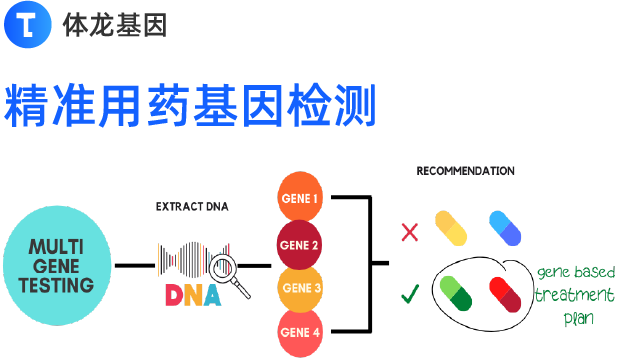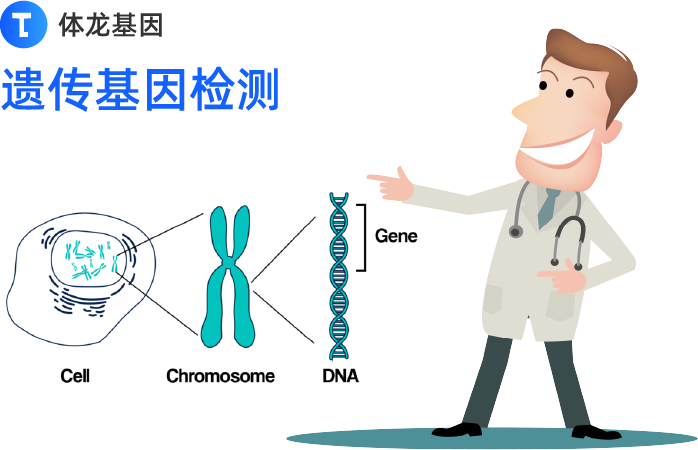SCI29 June 2022Deciphering the immunopeptidome in vivo reveals new tumour antigens(NATURE; IF:49.962)CORRESPONDENCE TO: tjacks@mit.eduJaeger AM, Stopfer LE, Ahn R et al. Deciphering the immunopeptidome in vivo reveals new tumour antigens. Nature 2022. DOI: 10.1038/s41586-022-04839-2Immunosurveillance of cancer requires the presentation of peptide antigens on major histocompatibility complex class I (MHC-I) molecules. Current approaches to profiling of MHC-I-associated peptides, collectively known as the immunopeptidome, are limited to in vitro investigation or bulk tumour lysates, which limits our understanding of cancer-specific patterns of antigen presentation in vivo. To overcome these limitations, we engineered an inducible affinity tag into the mouse MHC-I gene (H2-K1) and targeted this allele to the KrasLSL-G12D/+Trp53fl/fl mouse model (KP/KbStrep). This approach enabled us to precisely isolate MHC-I peptides from autochthonous pancreatic ductal adenocarcinoma and from lung adenocarcinoma (LUAD) in vivo. In addition, we profiled the LUAD immunopeptidome from the alveolar type 2 cell of origin up to late-stage disease. Differential peptide presentation in LUAD was not predictable by mRNA expression or translation efficiency and is probably driven by post-translational mechanisms. Vaccination with peptides presented by LUAD in vivo induced CD8+ T cell responses in naive mice and tumour-bearing mice. Many peptides specific to LUAD, including immunogenic peptides, exhibited minimal expression of the cognate mRNA, which prompts the reconsideration of antigen prediction pipelines that triage peptides according to transcript abundance. Beyond cancer, the KbStrep allele is compatible with other Cre-driver lines to explore antigen presentation in vivo in the pursuit of understanding basic immunology, infectious disease and autoimmunity.癌症的免疫监测需要主要组织相容性复合体I类(MHC-I)分子上肽抗原的呈递。目前分析MHC-I相关肽(统称为免疫肽段)的方法仅限于体外研究或大量肿瘤溶解物,这限制了我们对体内抗原呈现癌症特异性模式的理解。为了克服这些限制,我们在小鼠MHC-I基因(H2-K1)中设计了一个诱导亲和标签,并将该等位基因定位于KrasLSL-G12D/+Trp53fl/fl小鼠模型(KP/KbStrep)。这种方法使我们能够精确地从自体胰腺导管癌和肺腺癌(LUAD)中分离MHC-I多肽。此外,我们从肺泡2型细胞的起源一直到晚期疾病,分析了LUAD的免疫肽。LUAD中差异肽的呈现不能通过mRNA表达或翻译效率来预测,可能是由翻译后机制驱动的。LUAD提供的多肽在小鼠和肿瘤小鼠体内可诱导CD8+ T细胞应答。许多特异性的LUAD多肽,包括免疫原性多肽,显示同源mRNA的极低表达,这促使重新考虑根据转录丰度对多肽进行分类的抗原预测管道。除了癌症,KbStrep等位基因与其他Cre驱动系兼容,以探索体内抗原呈递,以了解基本免疫学、感染性疾病和自身免疫。
(责任编辑:dawenwu)
揭秘体内免疫肽组揭示新的肿瘤抗原
941














